Several years ago we became serious world travelers, we being my wife and I and another couple. Travel is physically demanding, and feeling the chill breeze of time’s winged chariot, we are pursuing our wanderlust while we can.
In recent years we’ve traveled to Italy, Sweden, Denmark, Russia, Australia, Argentina, Israel, Hungary, Austria and the Czech Republic. This spring we extended our footprint to the Balkans. “The where?” everyone asks. “You know,” I reply, “Croatia, Montenegro, Bosnia- Herzegovina – ” Blank stares. “Dubrovnik?” I continue, “King’s Landing? Game of Thrones?” That gets nods. Fantasy often helps to explain the real world.
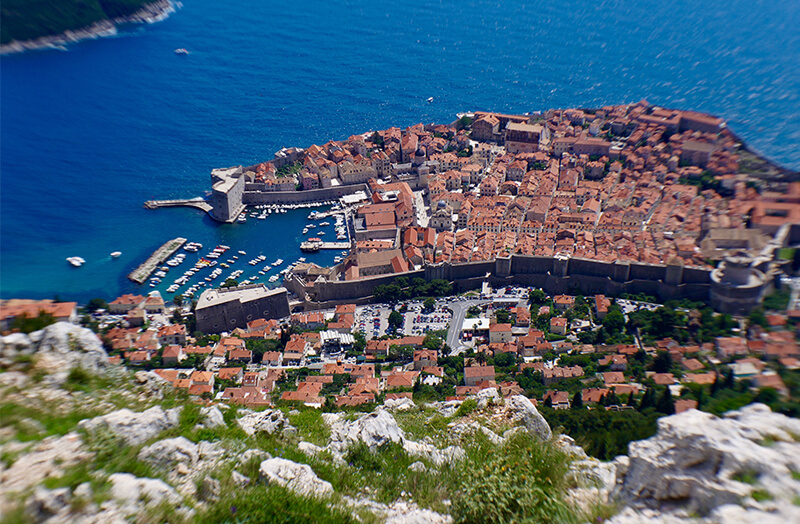
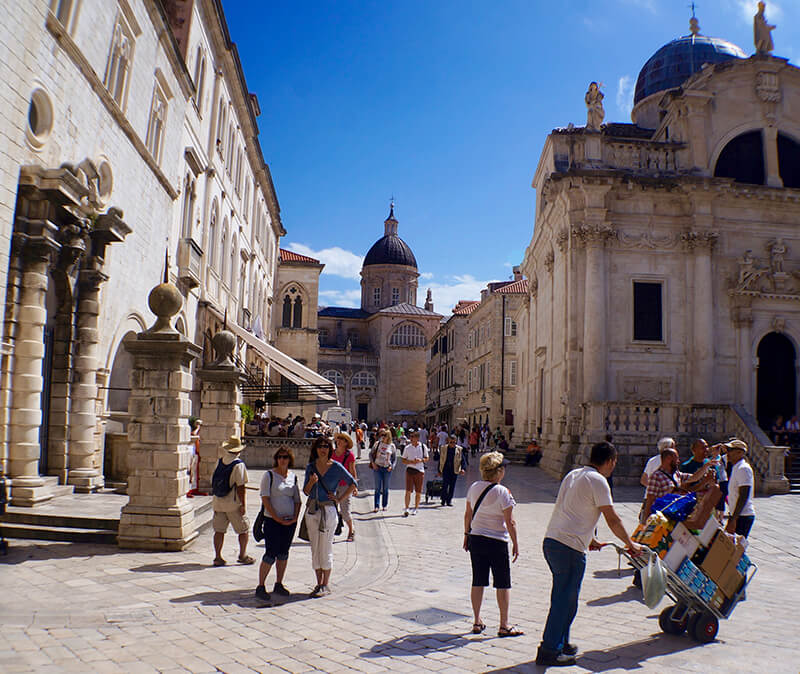
Facing the Adriatic, Dubrovnik’s beautiful Old Town is composed entirely of stone. Good shoes are a must. You can see why HBO did a lot of shooting here. It’s medieval without having to dress anything. The restaurants are excellent. Croatian wine, a world-class surprise, sadly is not available in the U.S.
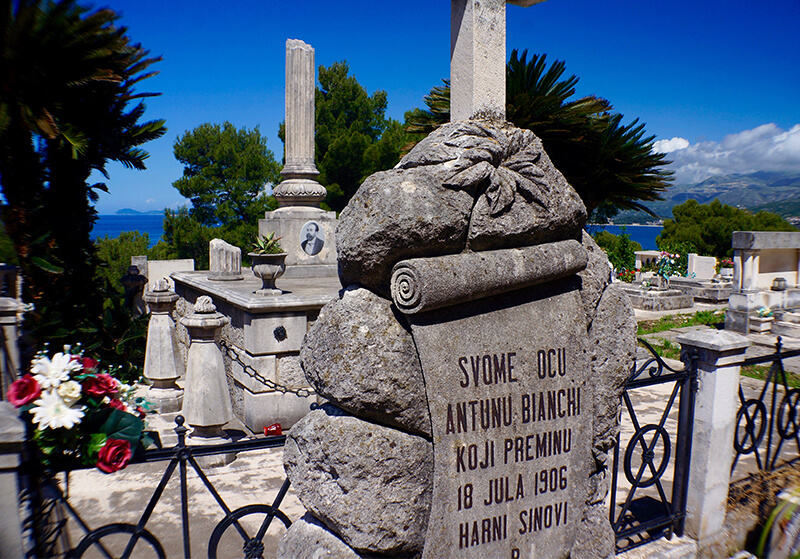
Picturesque Cavtat, south of Dubrovnik as the yacht flies, features palm trees, an enchanting marina, and a town cemetery with great views.
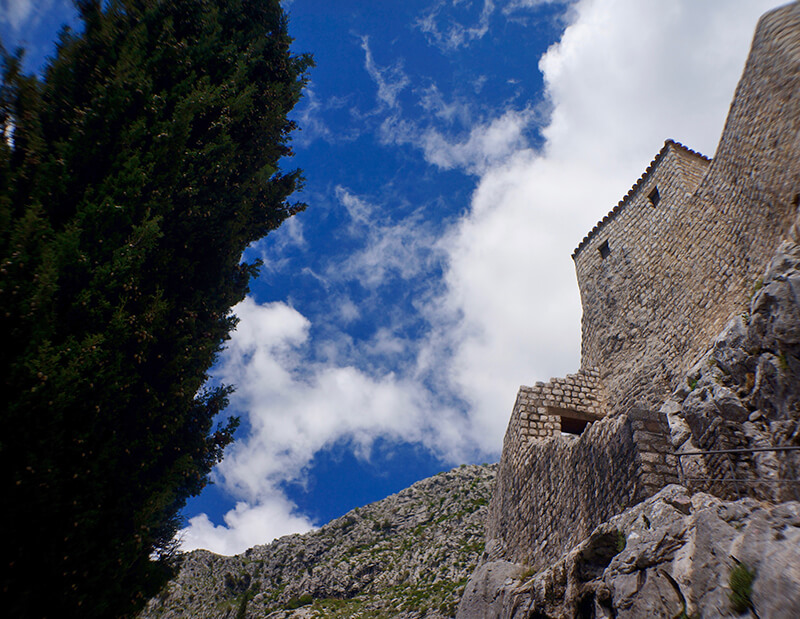
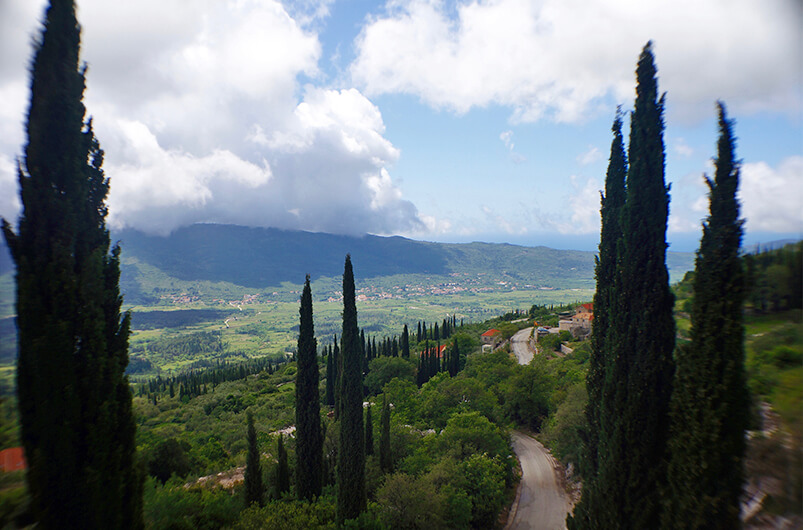
We climbed to the ramparts of Sokol fortress, built on an inaccessible cliff in the 14th century. It controlled the main road leading into Herzegovina and the Balkan hinterland. From here you can see friends or foes coming.
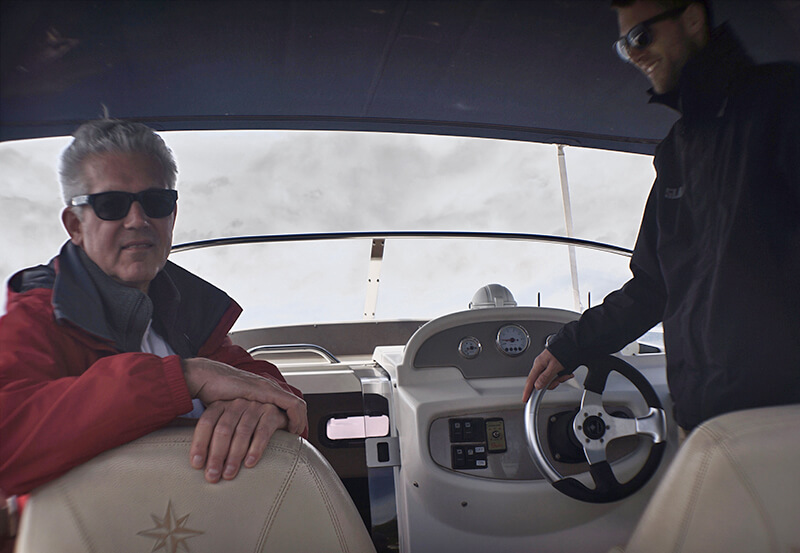
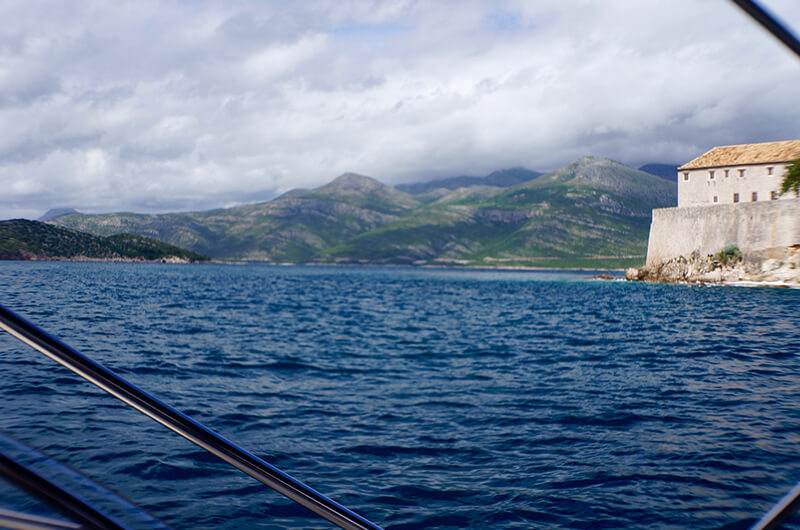
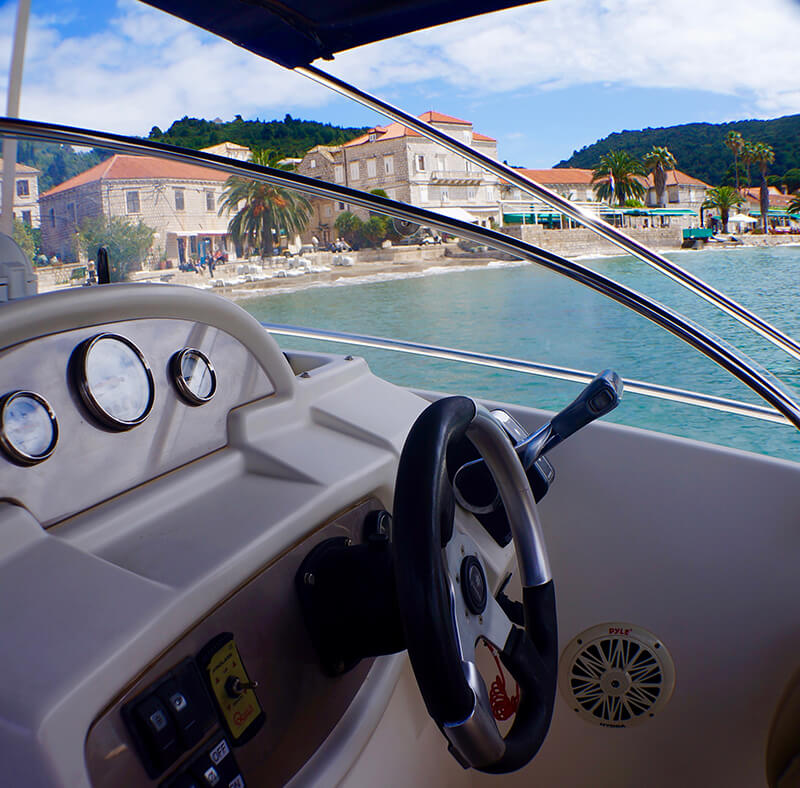
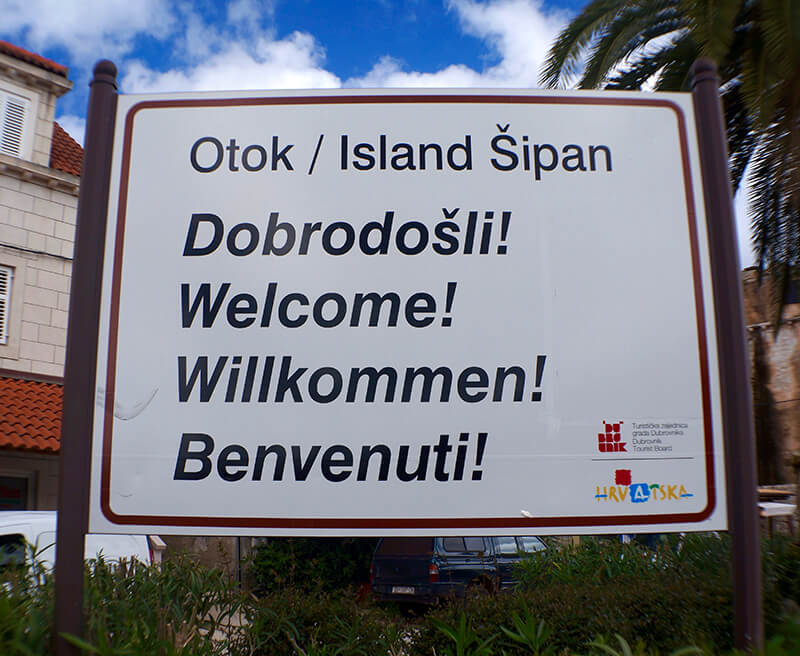
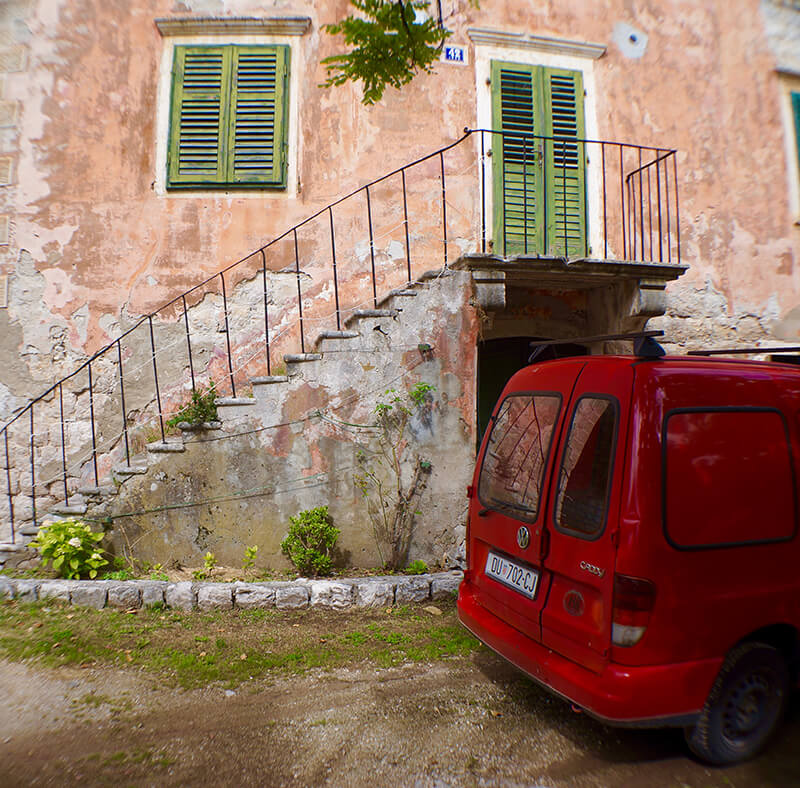
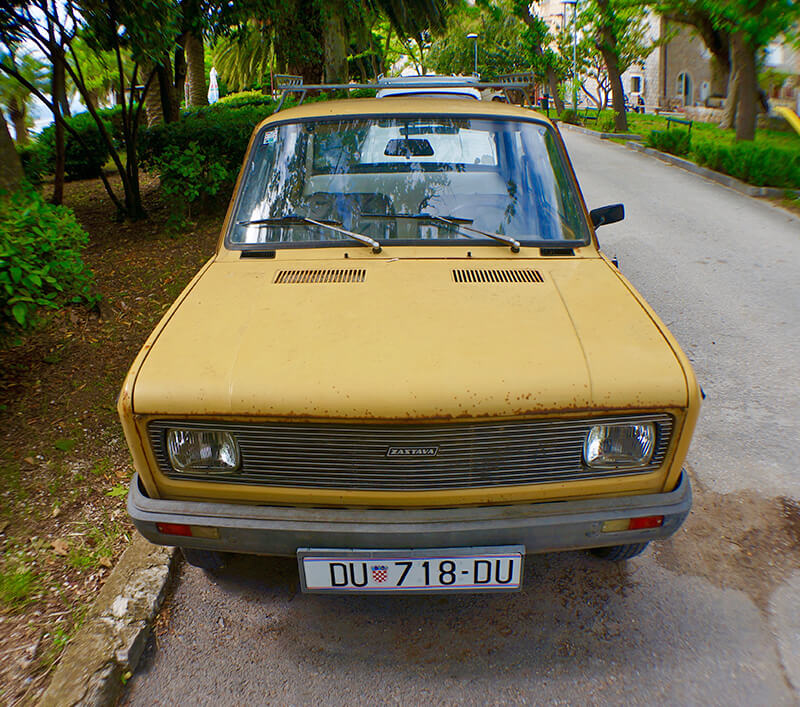
No time to see the whole archipelago, though we took one day to explore the Elephiti Islands off the Croatian coast. Our captain’s name was Skipper, or maybe that was his joke for Americans. Green and tranquil, the islands felt like the Caribbean meets Eastern Europe, with many great old Serbian cars.
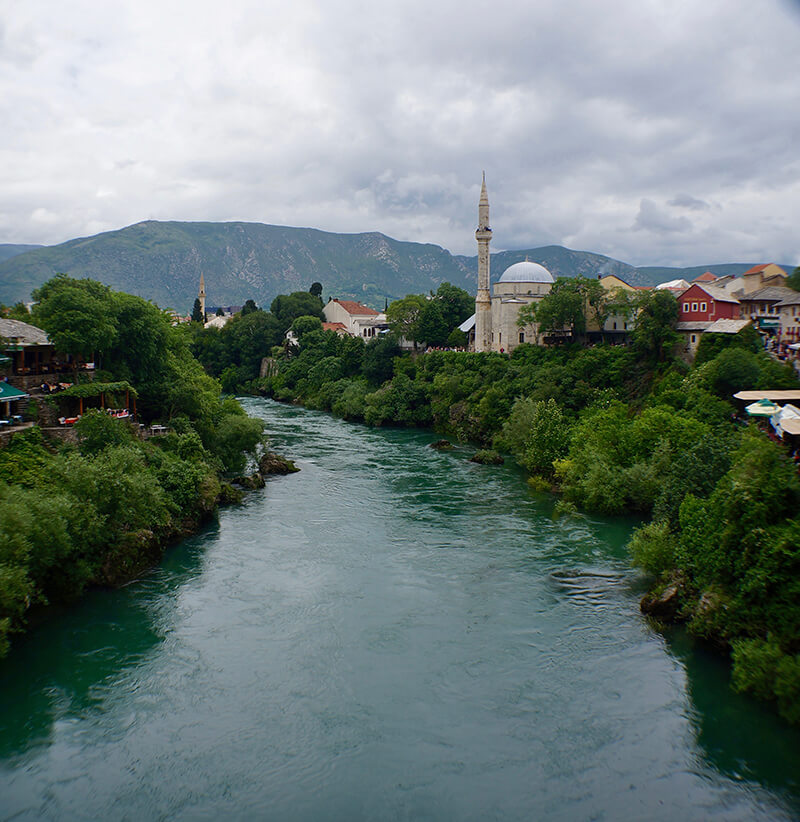
Everywhere we went we had a guide. You learn so much more than just bumbling around on your own. This was especially helpful when we crossed into Bosnia-Herzegovina.
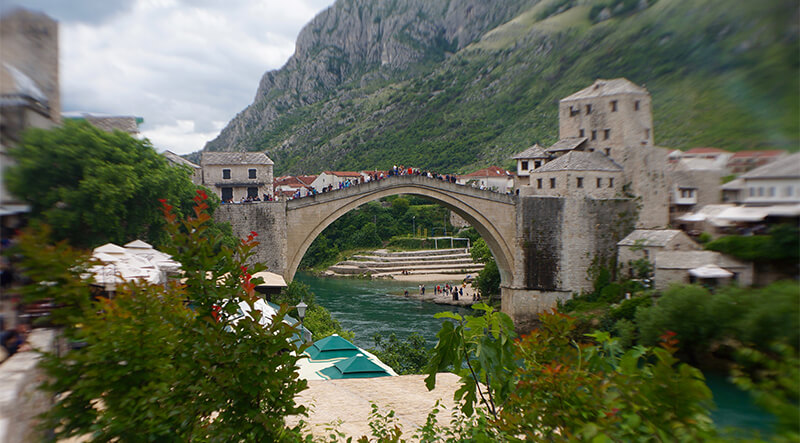
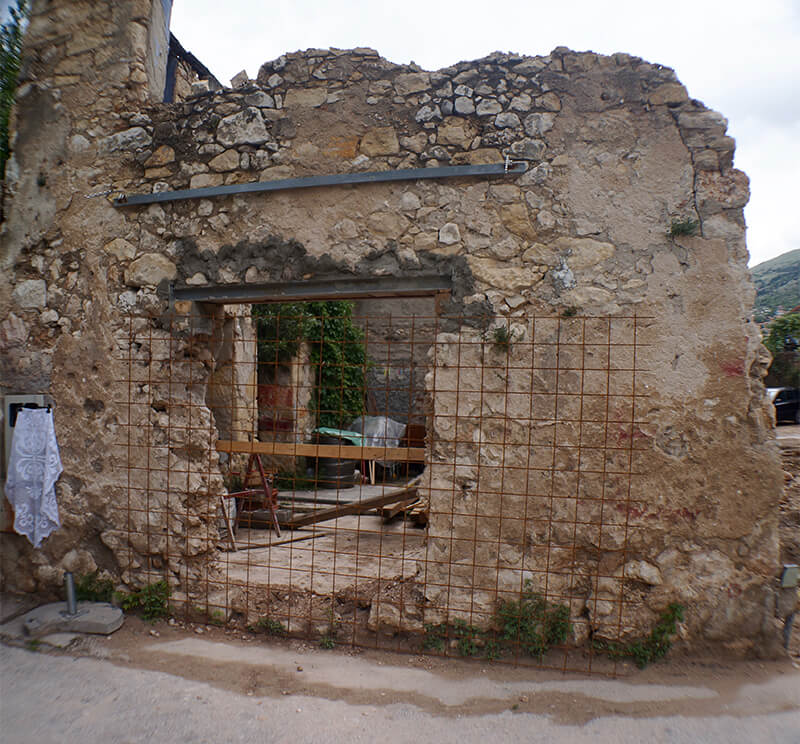
Mostar is a city of Muslims and Christians, each living on a different bank of the Neeretva River and connected by the Old Mostar Bridge. Destroyed in the war, it has been rebuilt. The same can be said for much of the city.
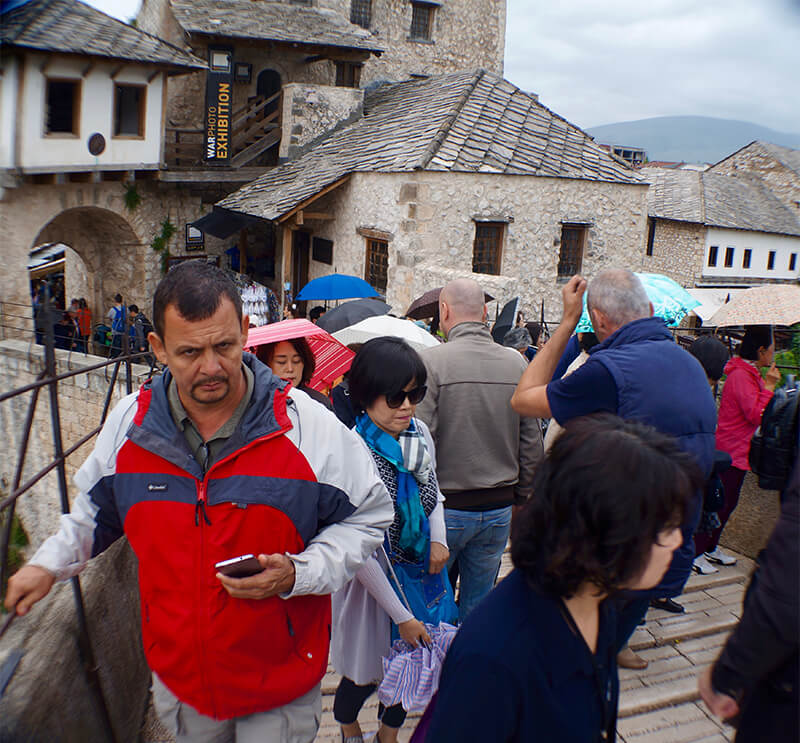
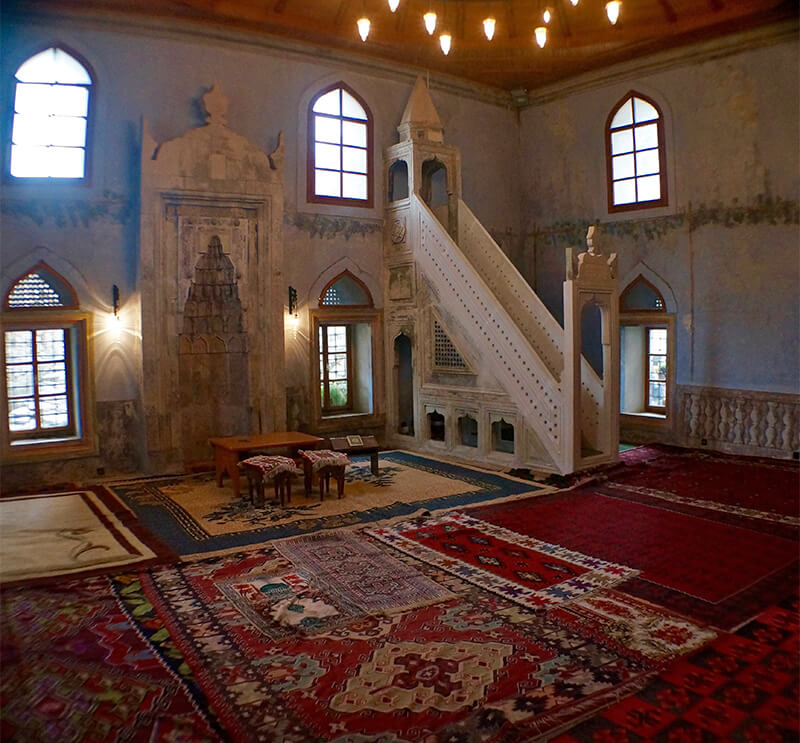
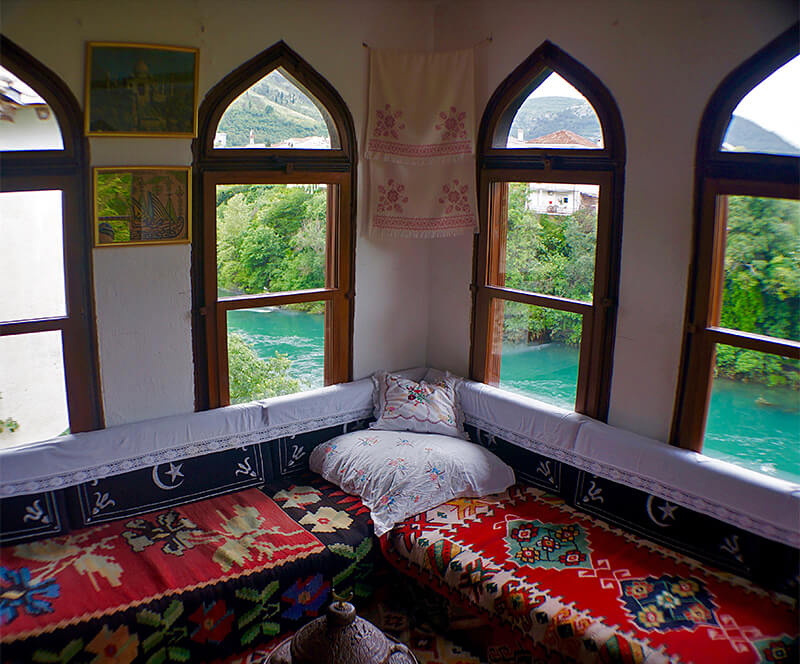
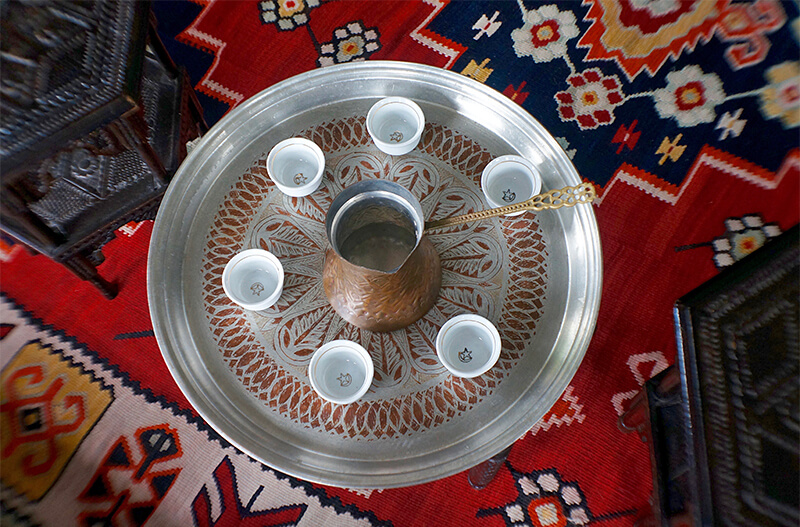
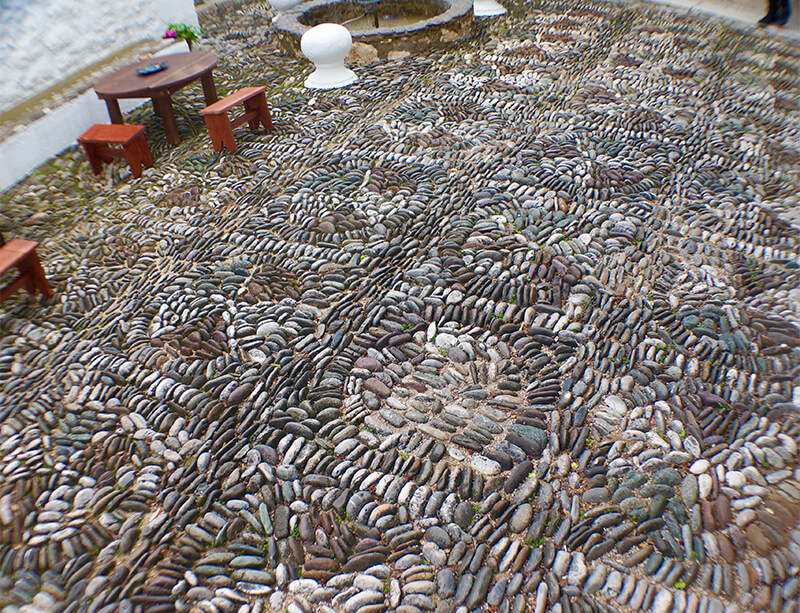
In Pocitelj, an old trade outpost on the river, we crossed the new bridge and visited a Muslim Turk mosque and a house owned by wealthy merchants.
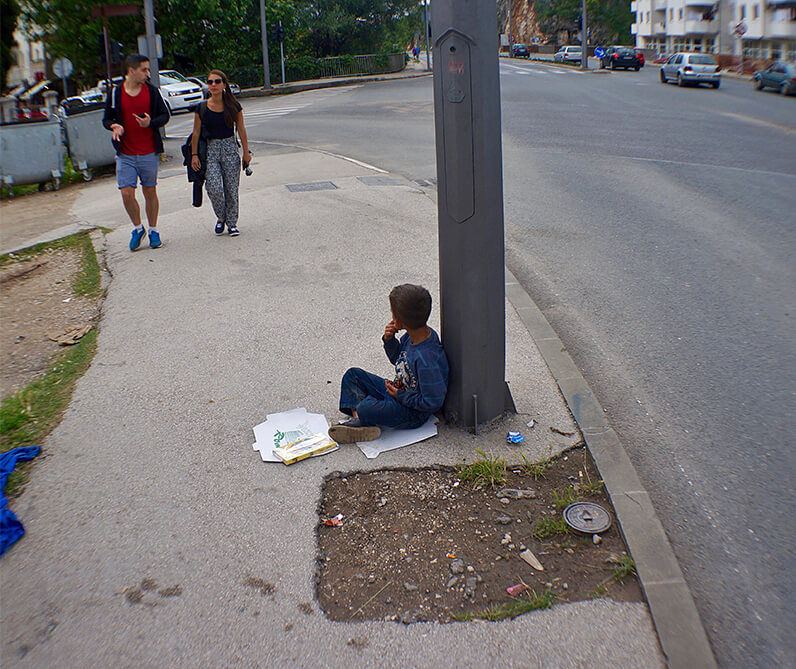
What’s sadder: a 4-year-old beggar or a 4-year-old pickpocket? We met both.



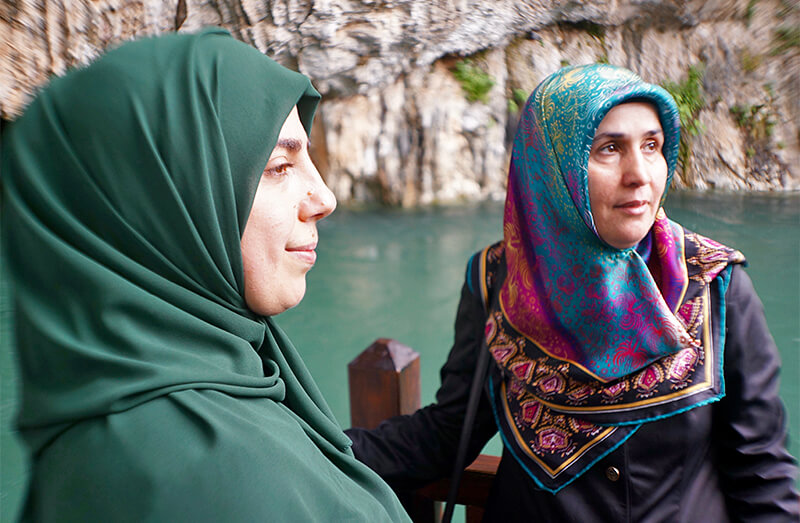
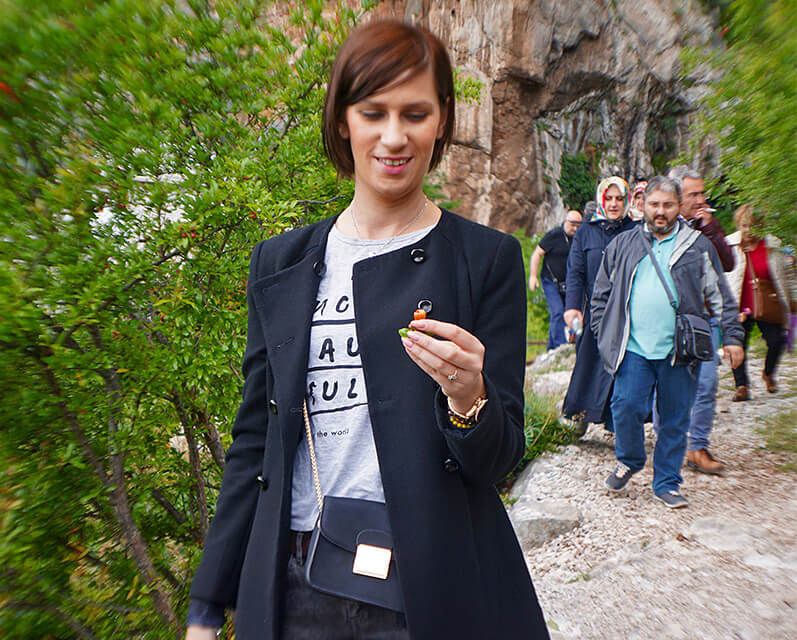
Bosnian lunch specialties at a family-owned restaurant beside an exuberant river, followed by a visit to a 15th century dervish house. This is the colorful floor; the ceiling; fellow visitors; and our guide.

Leaving Croatia for Montenegro. We checked into the Aman Sveti Stefan, a hotel islet off the coast. A former fishing village, it has 50 cottages, no two alike. You wake to the Adriatic beneath your window. Once again, stone stone stone.
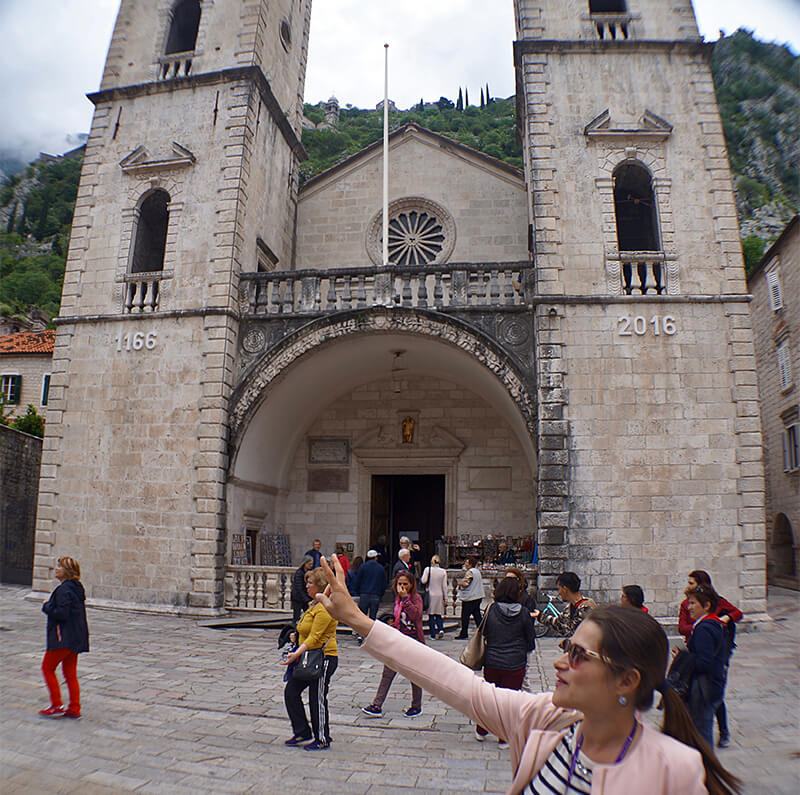
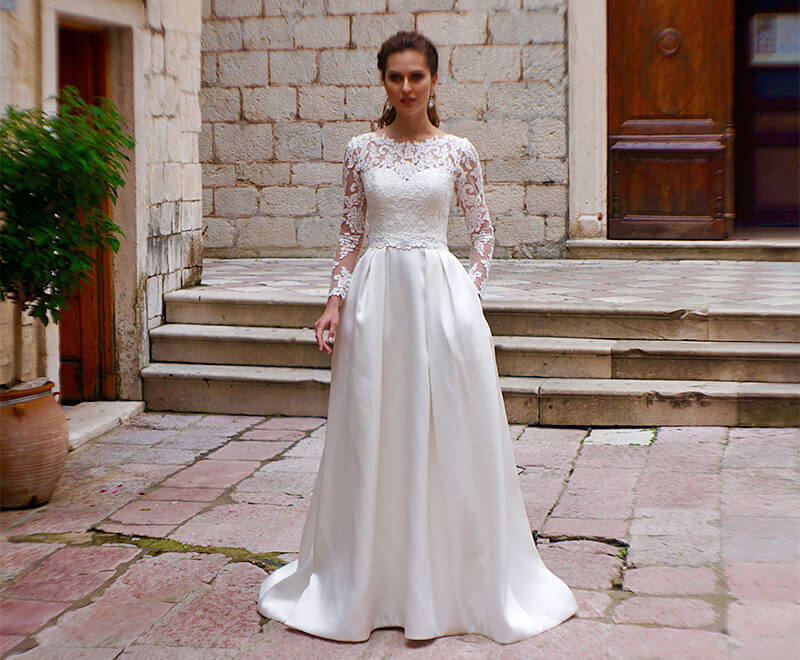
Our guide showing us around Kotor, one of Montenegro’s oldest and most picturesque cities, set within steep mountains at the head of southern Europe’s deepest fjord. And a Russian bride being photographed. Russians travel to Kotor to buy their wedding dress.


The spectacular Bay of Kotor. We paid a visit to one of the two islets, Gospa od Skrpjela (Our Lady of the Rocks) with its 15th century Roman Catholic chapel and museum of relics.
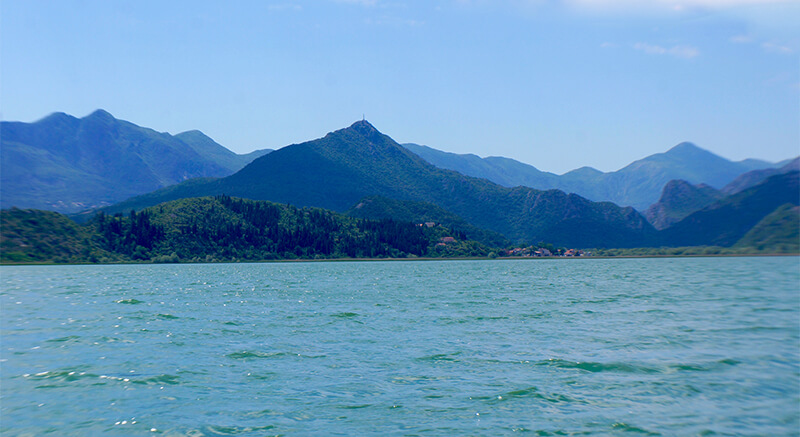
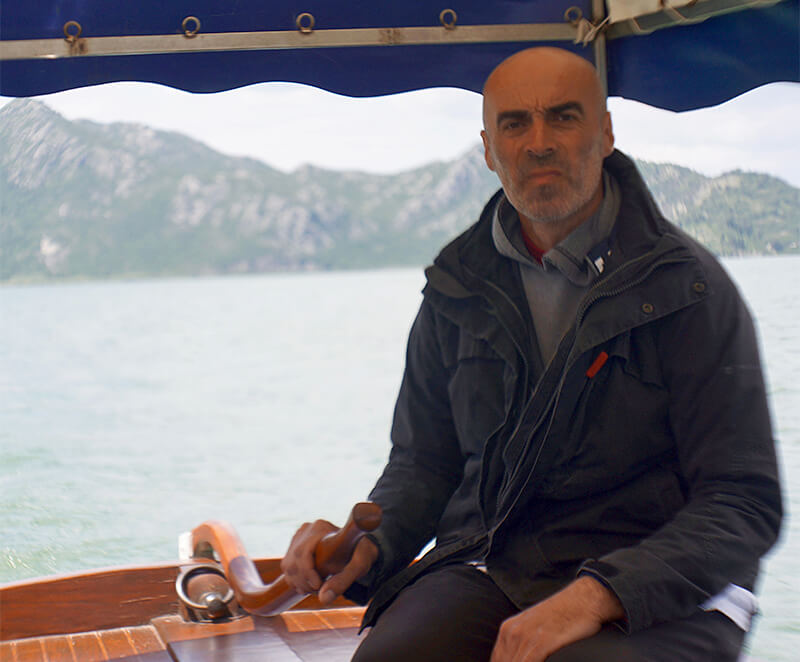
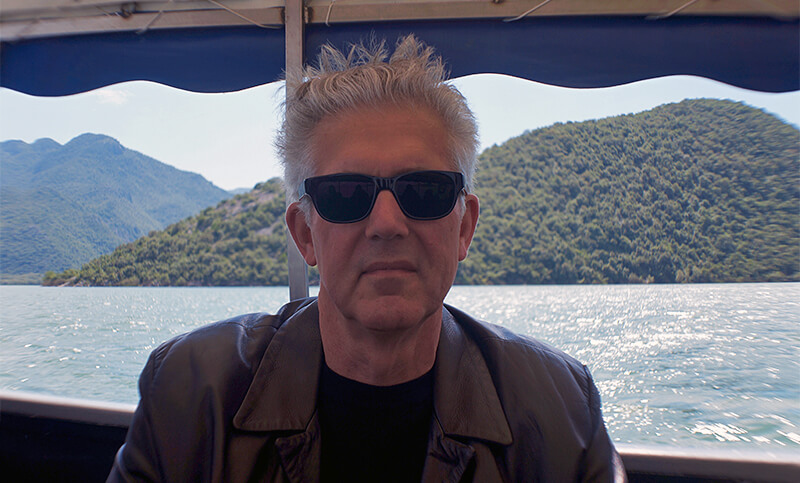
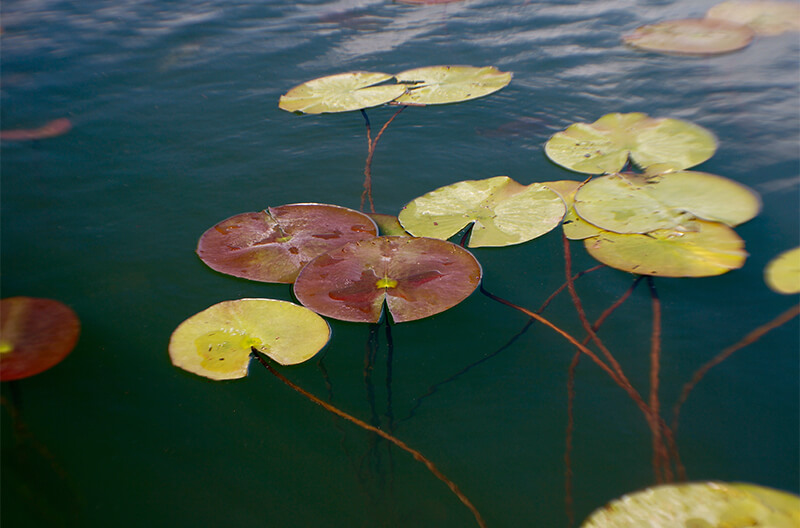
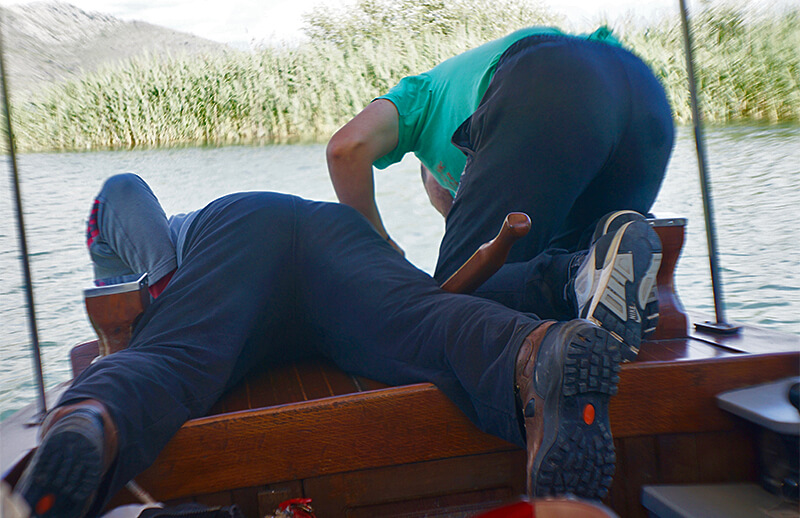
No shortage of water on this trip. Skadar Lake is the largest lake in the Balkans. An important habitat for many rare bird species, of which we saw none. We did see the lake, which was large and peaceful, but two hours of any lake is sufficient. Highlight was when something hard clonked the underside of our boat and the crew had to repair the engine on the fly.
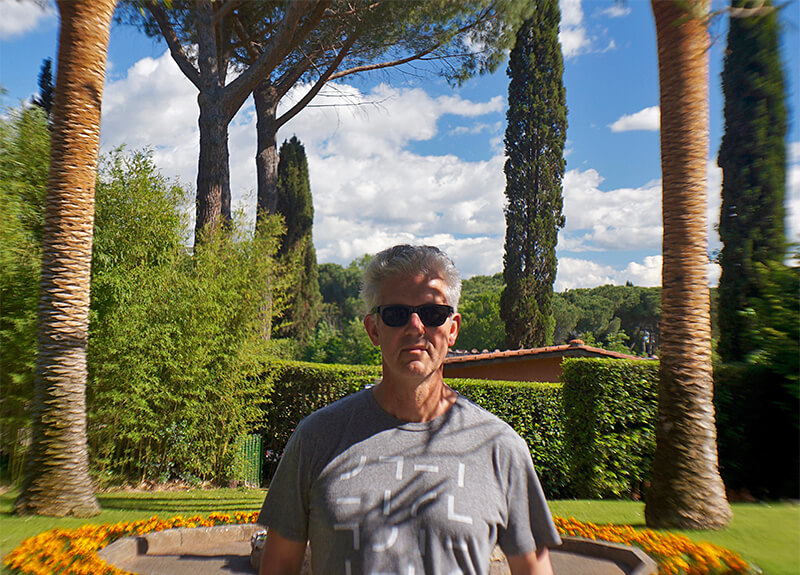
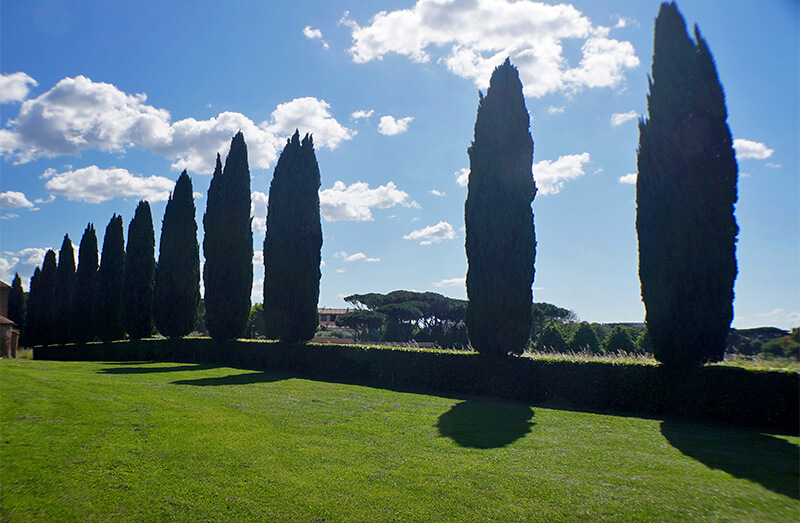
We ended our trip with two nights in Rome. During the day we went to the Catacombs of San Callisto, just past the aqueduct on the outskirts of the city. We’ve been to Rome many times yet never managed to visit this amazing place. You’re not allowed to photograph below ground, otherwise that’s what you’d be seeing here: level upon level, corridor upon corridor of tombs of early Christians, literally a city of the dead.

